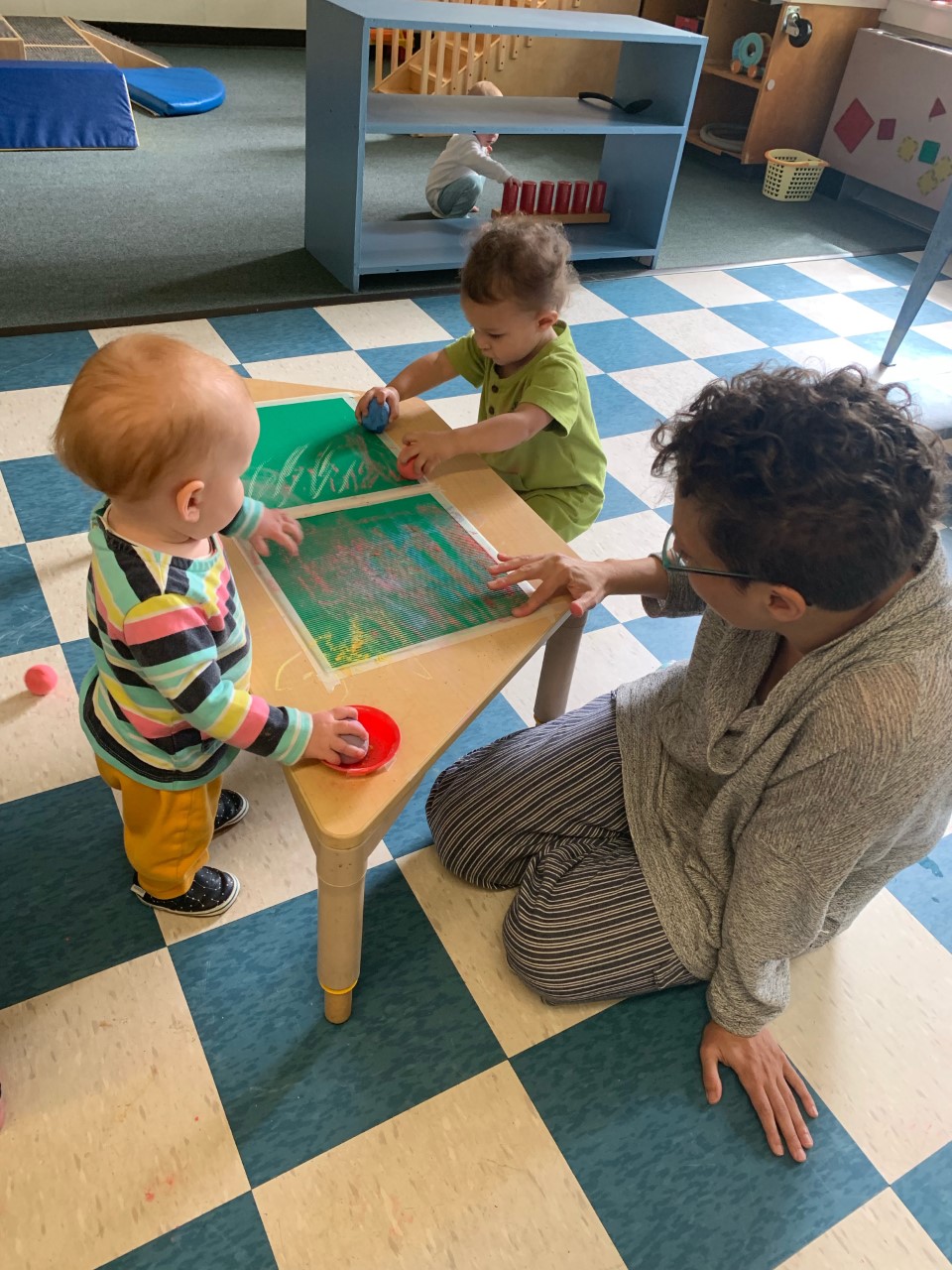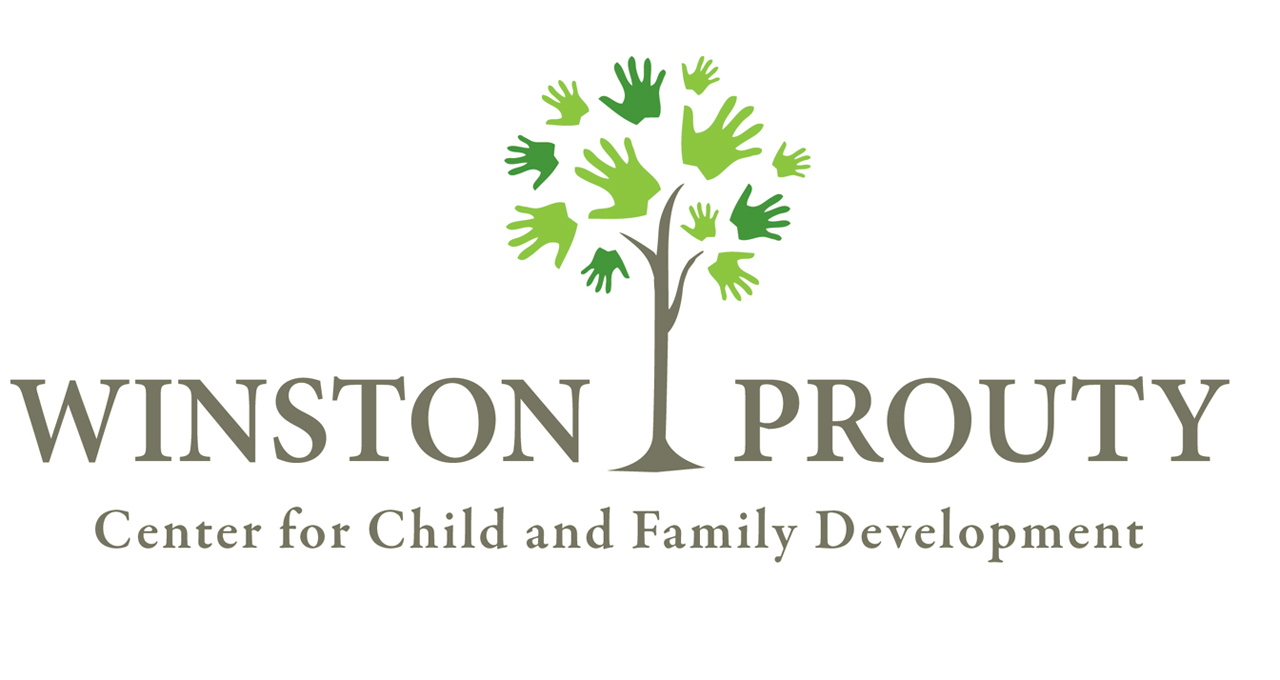Child care will need more staff, more space, more money

By Chloe Learey, Executive Director. Published on vtdigger.org on May 14, 2020
As we begin considering what it means to reopen the world to more in-person services, the challenges and issues about how we provide child care are swirling.
The Winston Prouty Center for Child and Family Development has 63 families and 68 children enrolled in our program. There are many question marks about who will need child care at what level and how we will be able to provide it. The fact that there are almost daily changes in the world makes it even more difficult to sort through.
The tuition for child care prior to Covid-19 was already more than most families could afford and the tuition did not even cover the cost of providing high-quality care. What will it look like in this new world?
Let’s start with group size. Currently, the guidance is that there be no more than 10 people in a group for child care, for instance, eight children and two adults. This is the maximum ratio for infants in licensed centers in Vermont during regular times (one adult for every four infants). For children ages 3 to 5 years it is one adult for every 10 children. Based on those numbers alone you may surmise that infant care is more expensive to provide than preschool and that one typically subsidizes the other. It is a balancing equation that is often in the red for many businesses, even in the best of times. In this new version of the world, we will need more staff and more space to provide care at the same level. This will cost more. So, we either need to increase tuition, making it even more difficult for families to afford care, increase fundraising, which is not reliable or sustainable, or find other ways to support the industry since child care is a critical piece of infrastructure for many other businesses to function.
Not only will group size impact how we structure the new world of child care, so will the availability of staff. We will not just be able to have substitute teachers going in and out of classrooms when regular teachers get sick. It is likely we will need dedicated staff who can cover within a group so that we are limiting exposure to communicable diseases such as Covid-19. We will need a deeper bench in order to provide safe, quality care. This will require us to pay people a wage that more accurately reflects the value of the work they are doing and the risks they are taking. There is no such thing as social distancing with very young children, at least not in a way that is developmentally appropriate. Universal precautions are already part of the culture of child care, and so implementing more strategies is not a heavy lift in some ways. But the potential health consequences are different right now. Child care providers as a type of front-line essential personnel is an important consideration.
We are hearing from many families about their struggle with both the fear of letting their children participate in child care and the fear of depriving them of social interactions that help them develop optimally. It is not just a matter of “missing my friends.” Rather, it is a matter of making sure that social-emotional development is adequately supported, providing the foundation for future success in school and life.
The business model for child care must change and adapt to these new variables in our world. The important role of “who will watch the children” has become even more apparent during this pandemic with the closing of schools and child care happening only for “essential personnel.” We have a great opportunity to take these lessons learned and make investments today for the future. In a recent commentary, Helpr CEO Kasey Edwards noted that “with school closures, daycare shutdowns, self-quarantines, and caregivers staying away when showing symptoms so as to keep children and others safe, parents across the country are scrambling to find backup childcare.” She concludes that “we need to compensate care for what it’s truly worth to our employees, families, communities, companies, and economy.” As we emerge into a post-Covid-19 pandemic world, we must find a way to recognize and prioritize how we fund early childhood education.
